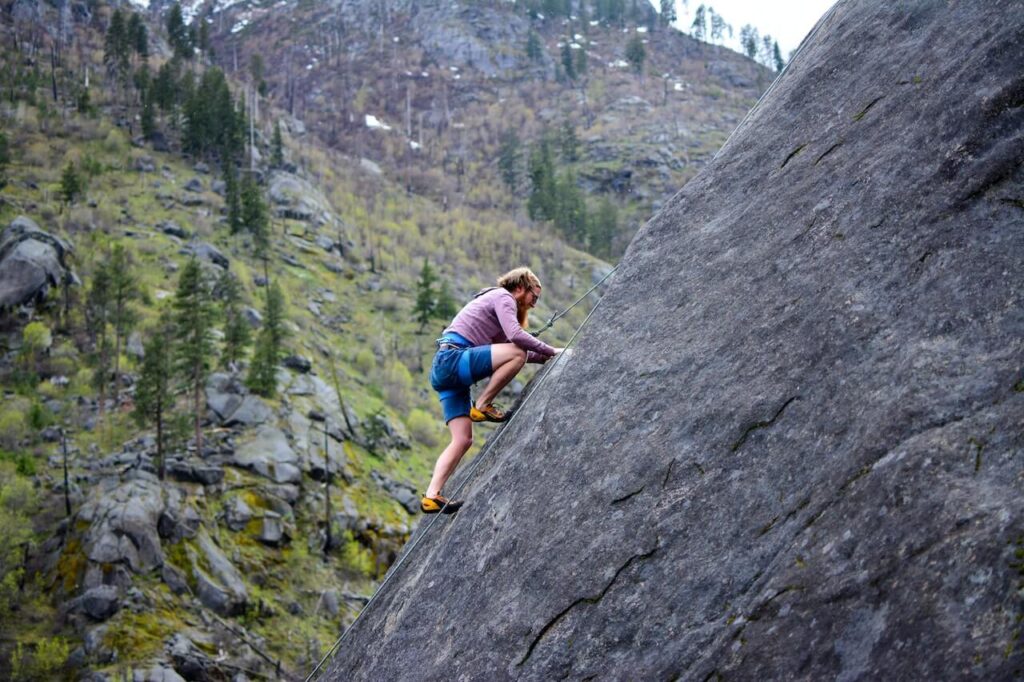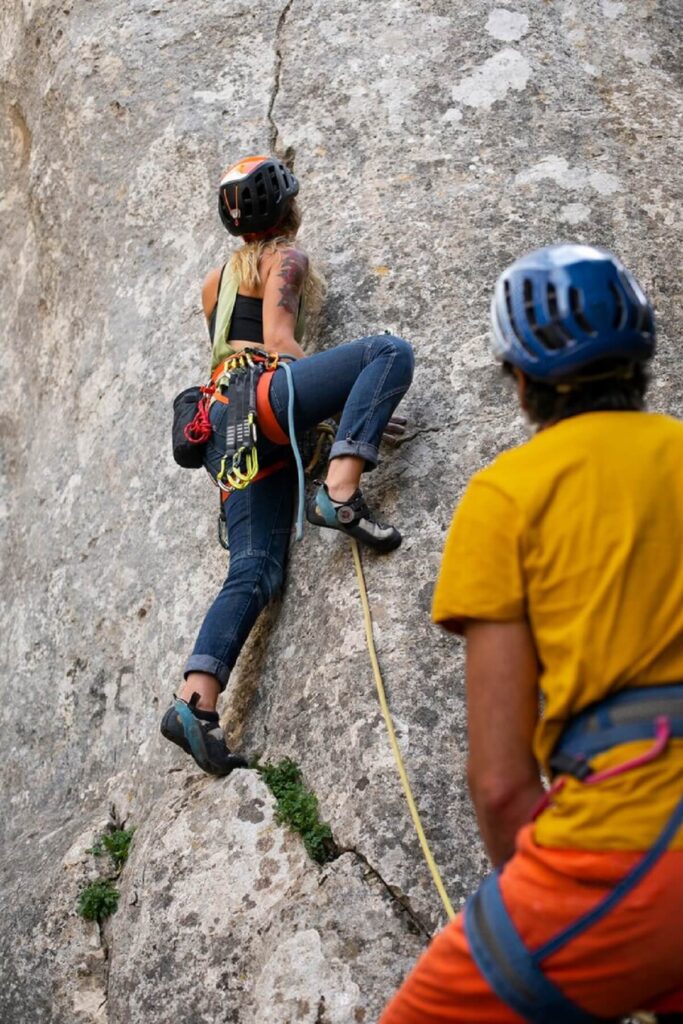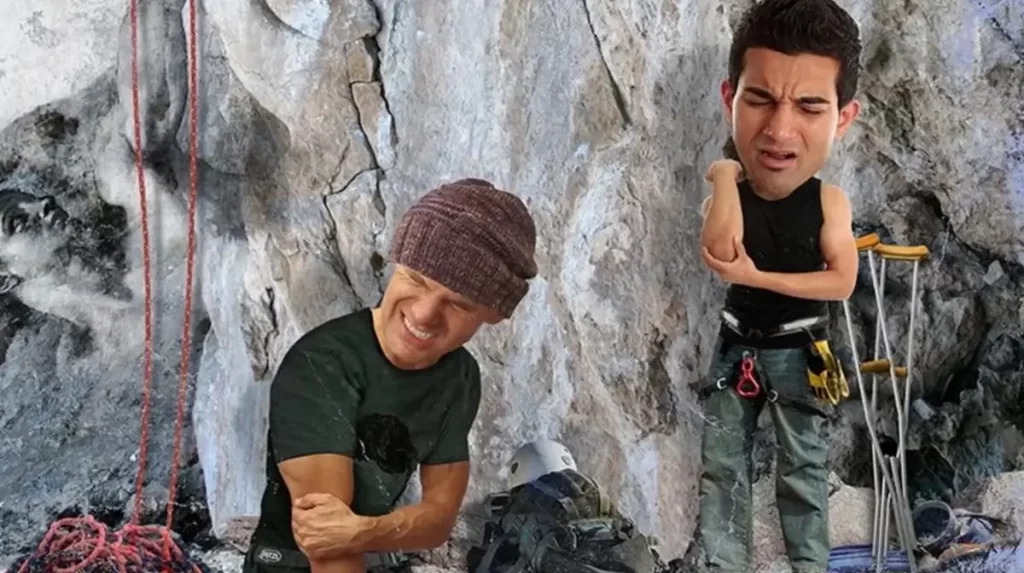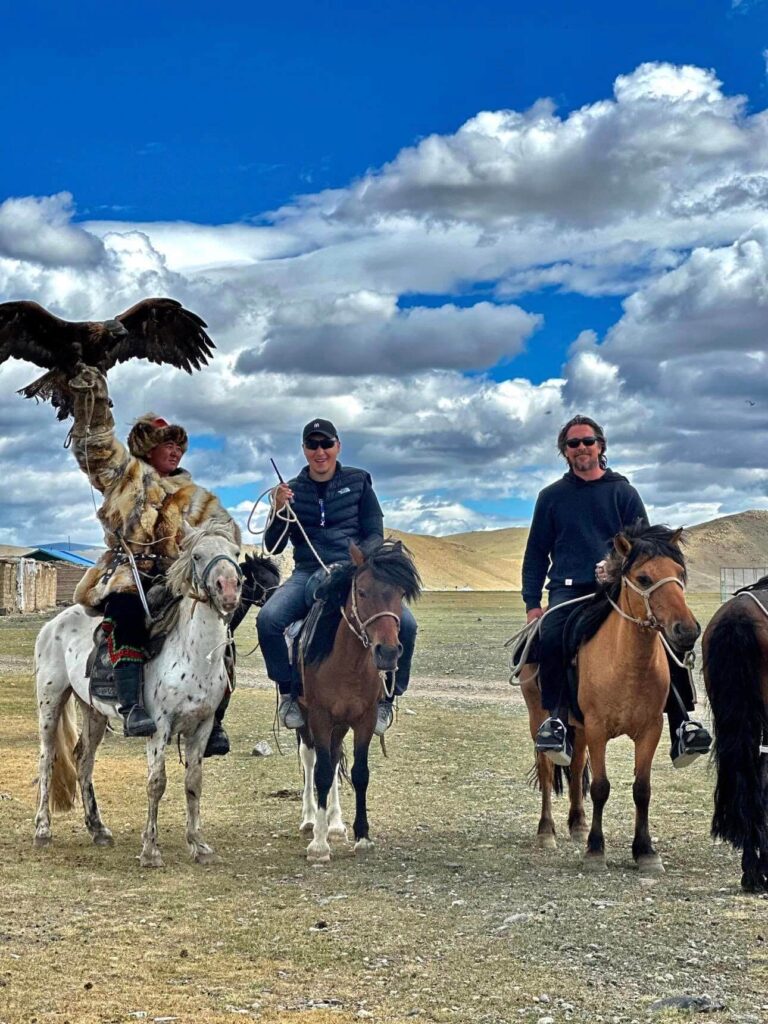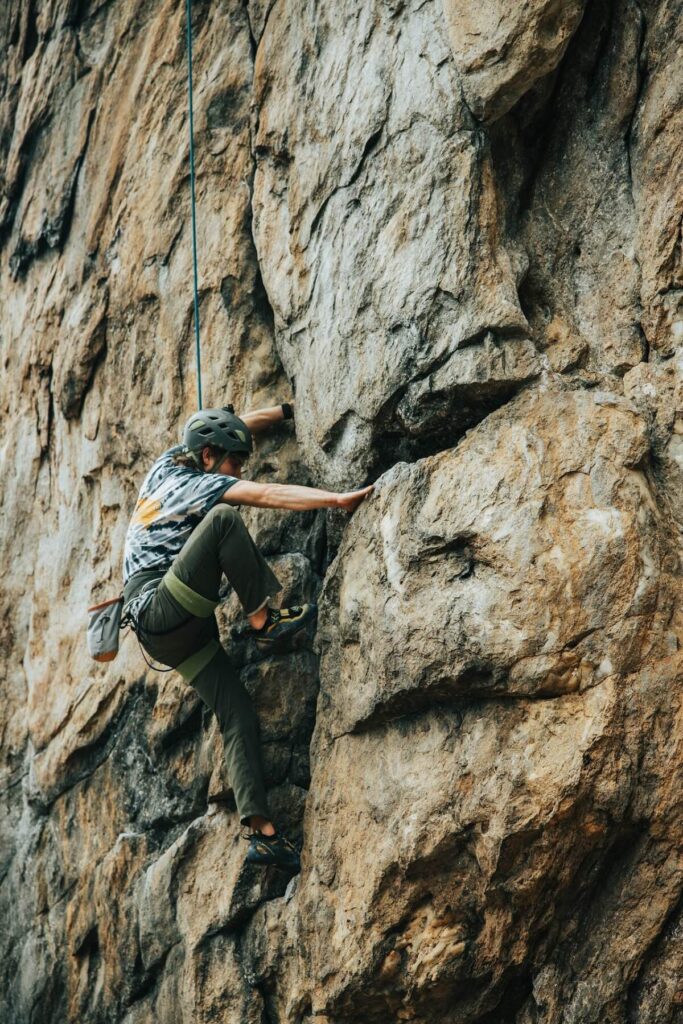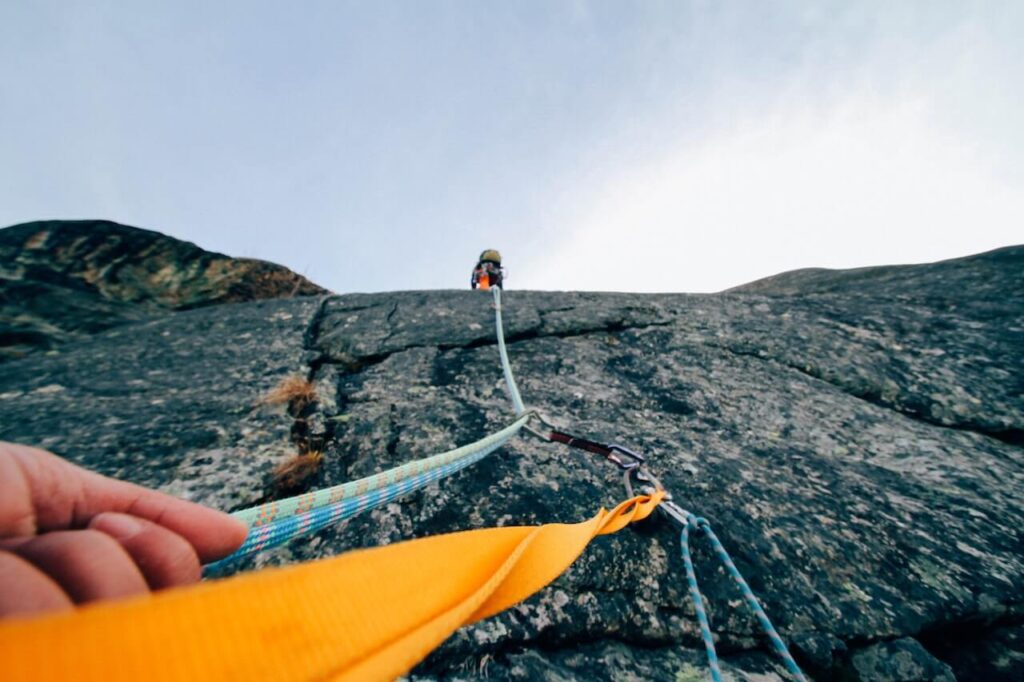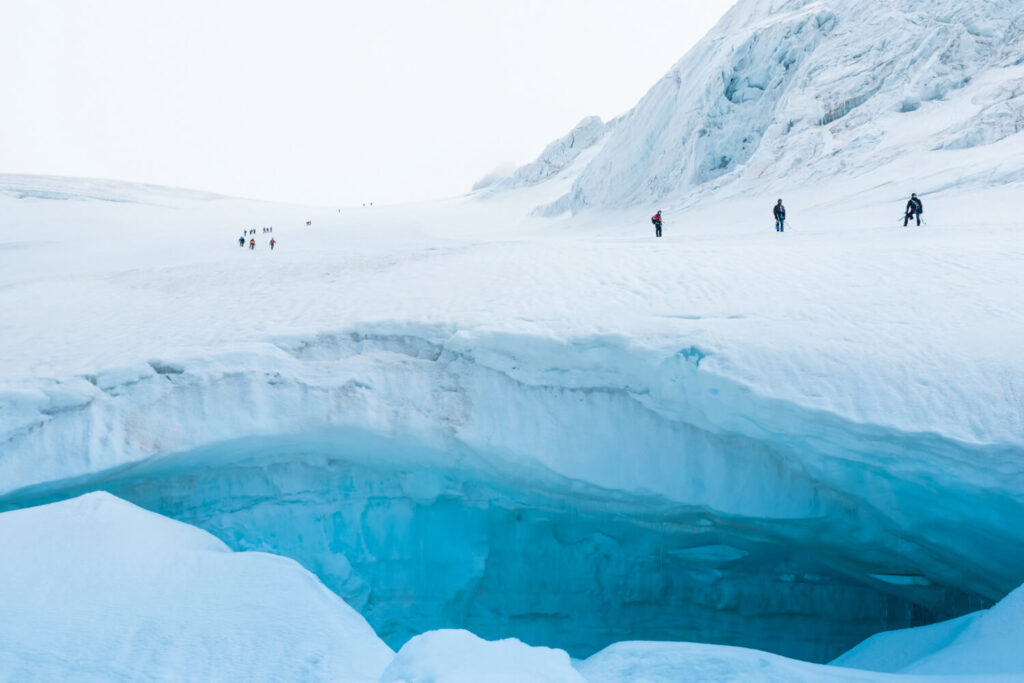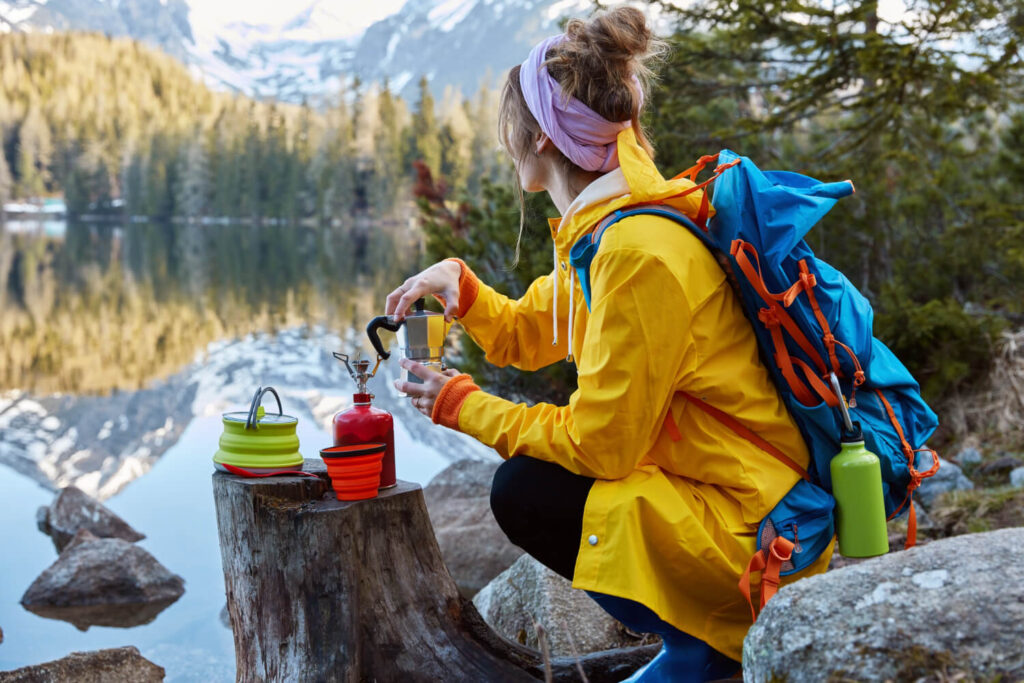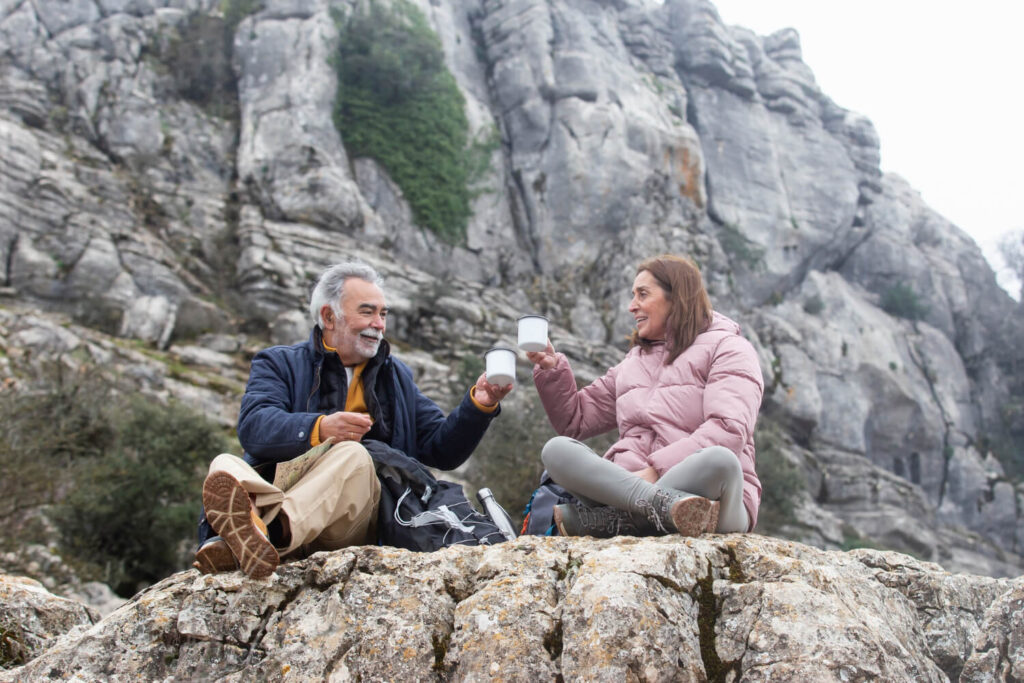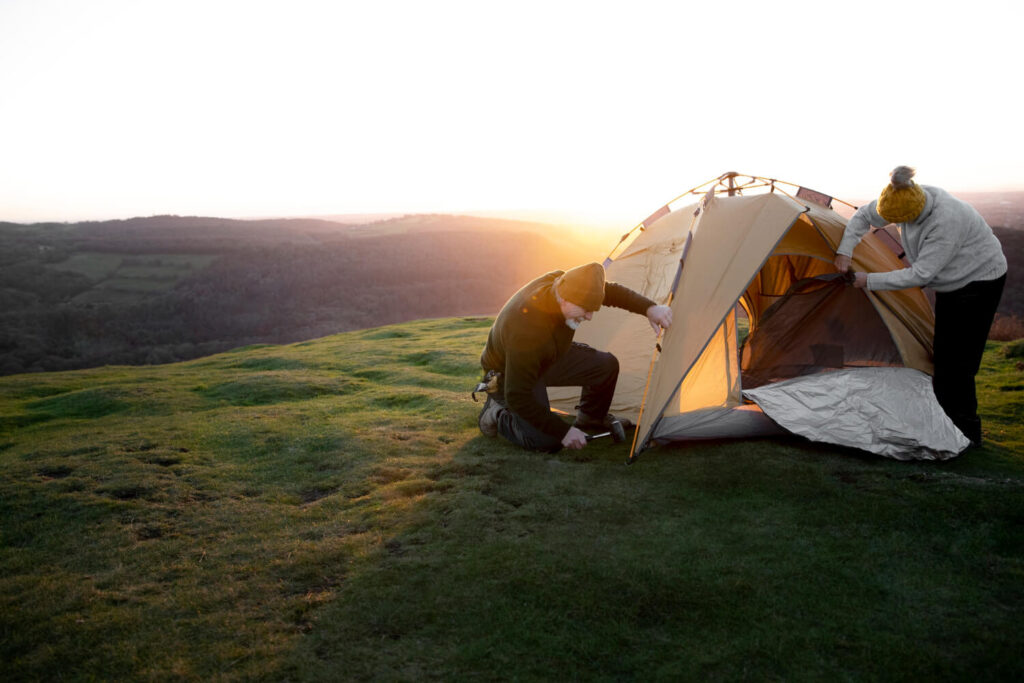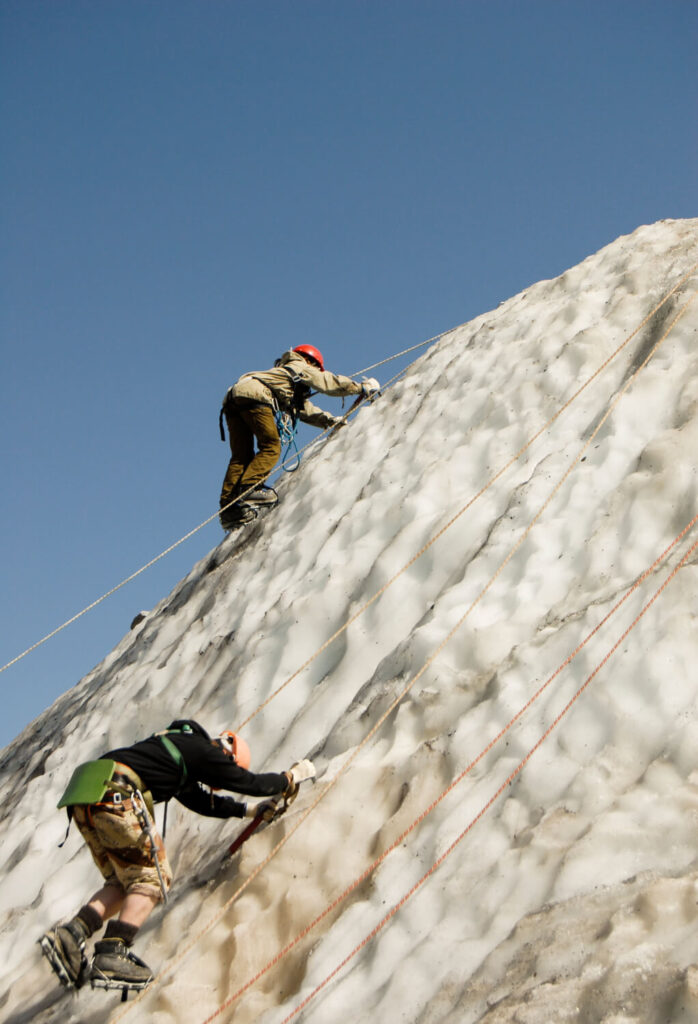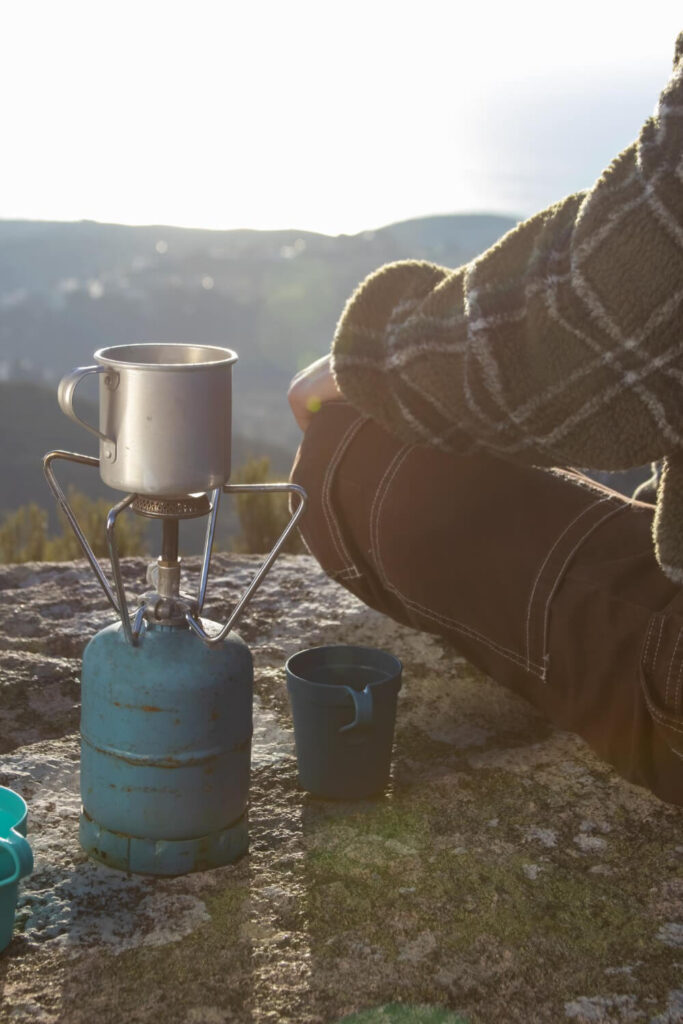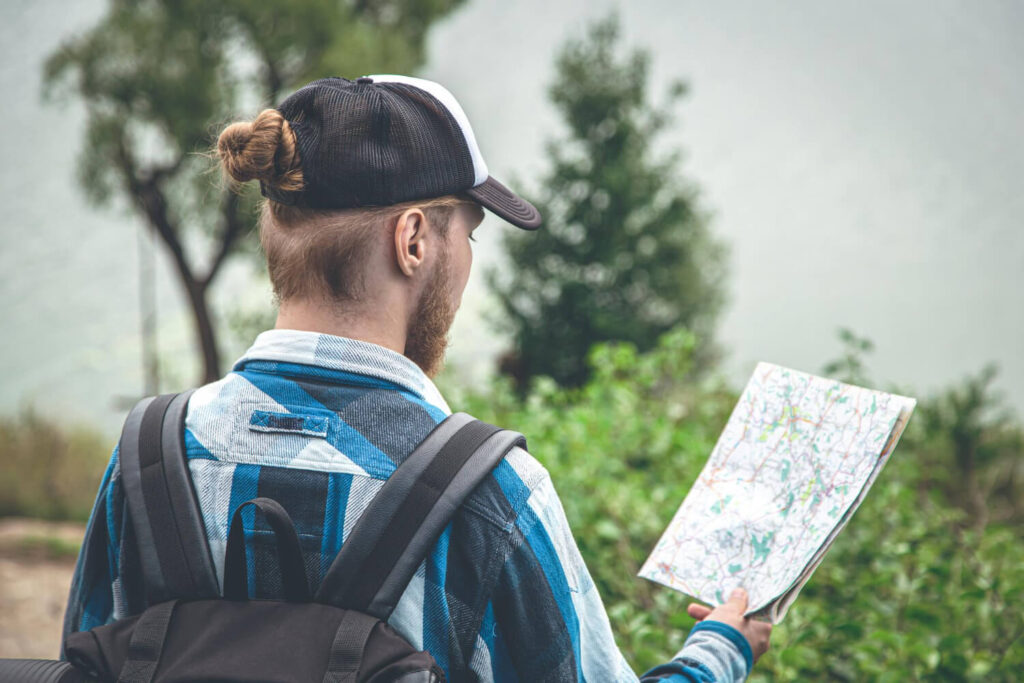When venturing into the snowy mountains, it’s crucial to be aware of the risks posed by avalanches. Avalanches can be powerful and dangerous, but with the right knowledge and preparedness, you can significantly increase your chances of staying safe.
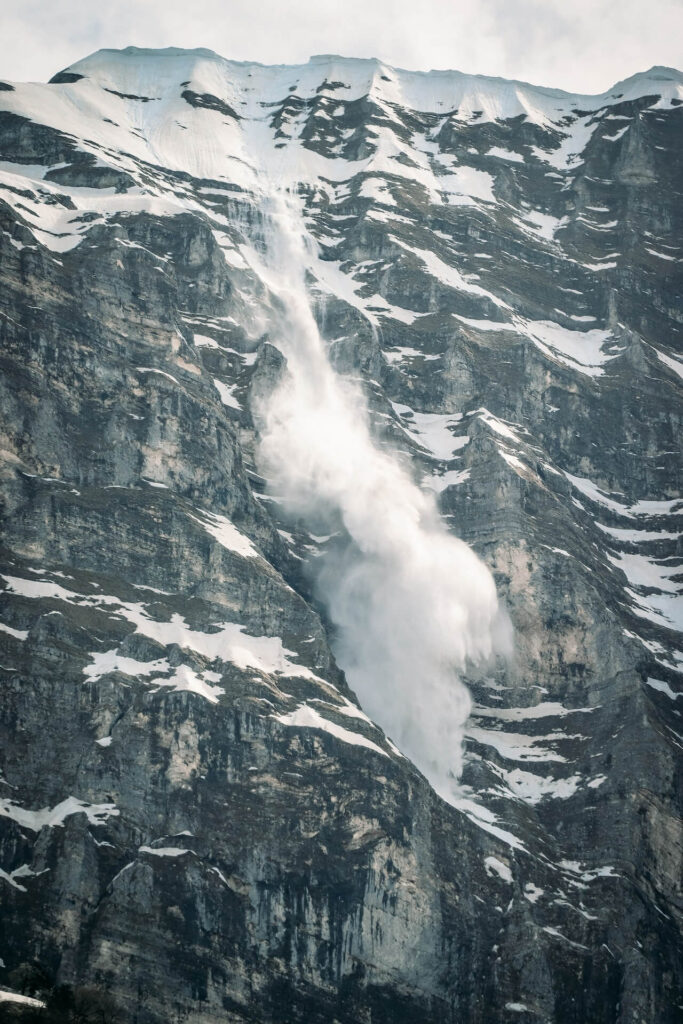
Understanding Avalanches
An avalanche is a rapid flow of snow down a slope, often triggered by external factors such as snowfall, wind, or human activity. It can reach high speeds and carry massive amounts of snow, posing a serious threat to anyone caught in its path.
Causes of Avalanches
Avalanches can be triggered by various factors, including weather conditions, snowpack stability, and human activity. Heavy snowfall, rapid temperature changes, and strong winds can increase the likelihood of an avalanche. Additionally, factors such as steep slopes, unstable snow layers, and the presence of weak layers contribute to the risk.
Types of Avalanches
There are different types of avalanches, each with its characteristics and potential hazards. Common types include loose snow avalanches, slab avalanches, and powder snow avalanches. Understanding these types can help you recognize the signs and take appropriate action.

Avalanche Safety Tips
Before Going Out: Before heading into avalanche-prone areas, it’s essential to gather information about the current snow conditions and avalanche forecasts. Check with local authorities or consult avalanche safety organizations to obtain the latest reports and recommendations.
During an Avalanche
In the event that you find yourself caught in an avalanche, it is important to remember the following guidelines:
- Take action to protect yourself from injury by pushing machinery, equipment, or heavy objects away from you.
- Hold onto anything solid, such as trees or rocks, to prevent being swept away by the avalanche’s force.
- Close your mouth and clench your teeth to avoid inhaling snow or debris.
- If you are being carried downward by the avalanche, try to stay on the surface by using a swimming motion.
- Make an effort to move yourself towards the side of the avalanche.
- As the avalanche begins to slow down, take the following steps:
- Push yourself upwards towards the surface.
- Create an air pocket in front of your face using one arm.
- Extend the other arm towards the surface.
- Once the avalanche comes to a stop, proceed as follows:
- If feasible, try to dig yourself out.
- Maintain a relaxed breathing pattern, especially if you are unable to extricate yourself from the snow.
- Stay calm and shout only when a searcher is in close proximity.
These guidelines can significantly increase your chances of survival if you ever encounter an avalanche. Remember to prioritize your safety and follow any additional precautions advised by avalanche experts and rescue personnel.
After an Avalanche
After the avalanche has passed, carefully assess your situation. Check yourself and others for injuries and provide assistance as needed. Be cautious of secondary avalanches, as they can occur after the initial slide.
It is important to be aware of the signs and methods of treating hypothermia,( a condition characterized by abnormally low body temperature), as you can get it after staying under snow for a long time. An emergency situation is indicated when the body temperature falls below 95 degrees.
Recognizing the signs of hypothermia:
- Shivering
- Extreme fatigue
- Confusion
- Difficulty with coordination
- Impaired memory
- Slurred speech
- Drowsiness
If you suspect someone is experiencing hypothermia, take the following actions:
- Move the person to a warm room or shelter immediately.
- Begin by warming the center of the body first, focusing on the chest, neck, head, and groin areas.
- Ensure the person remains dry and cover them with warm blankets, including the head and neck.
In addition to treating hypothermia, it is also important to prioritize mental well-being. Engaging virtually with your community through video and phone calls can provide support and connection during challenging times. It is normal to experience feelings of anxiety or stress, so taking care of your body and reaching out to someone if you feel upset is essential. Remember, seeking assistance and talking to others can make a significant difference in maintaining overall well-being.

